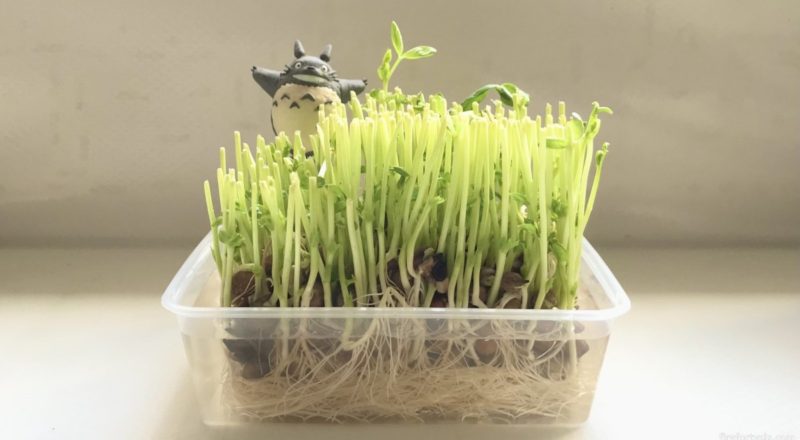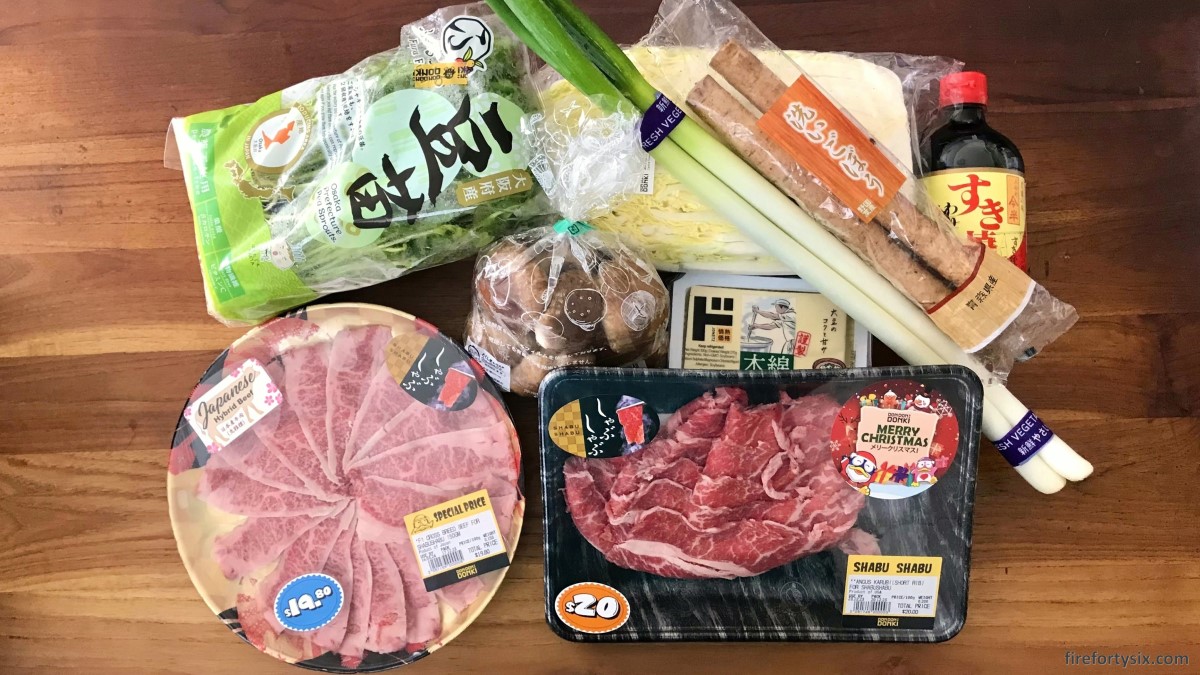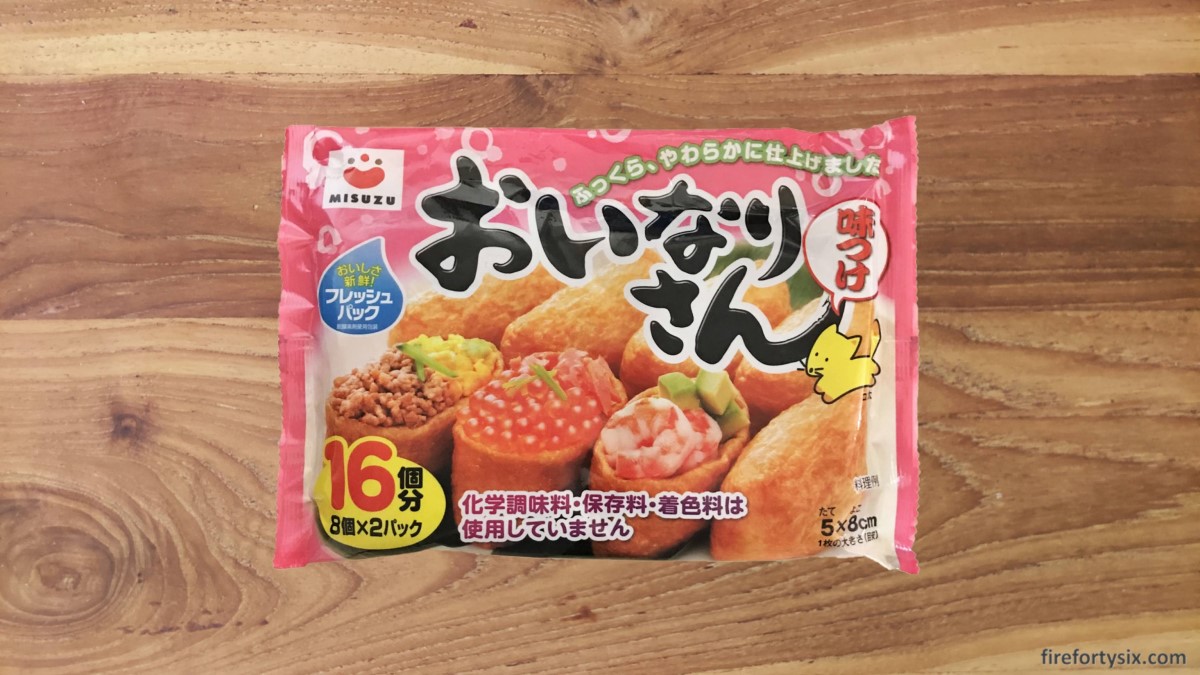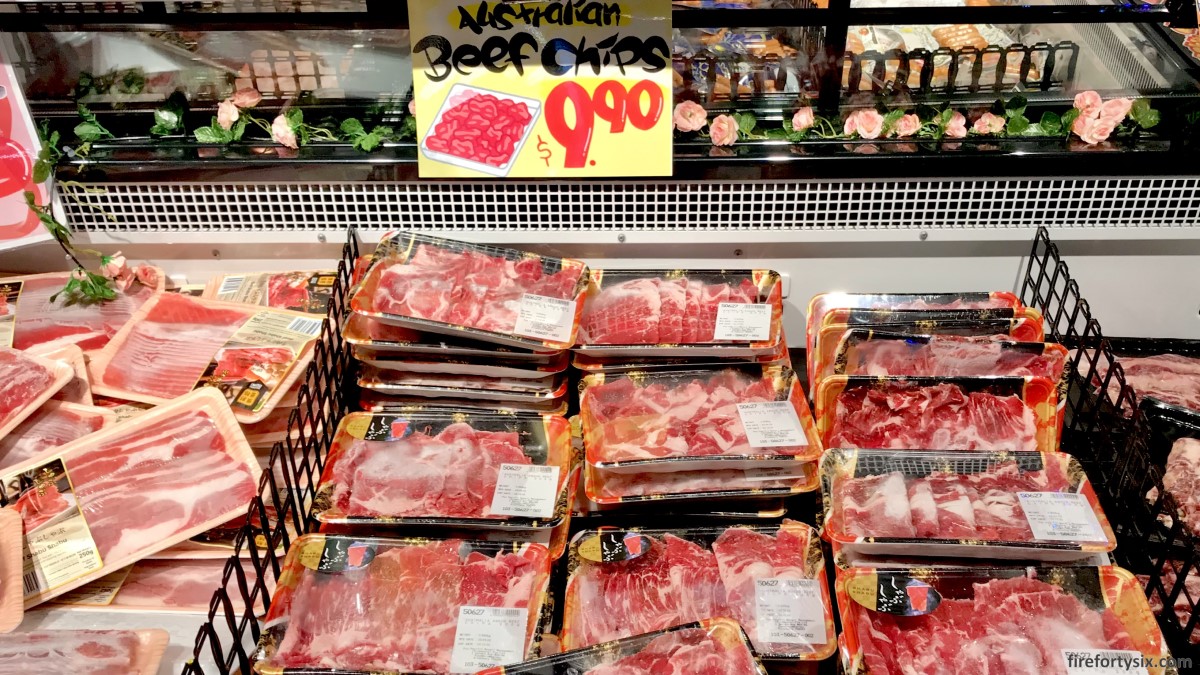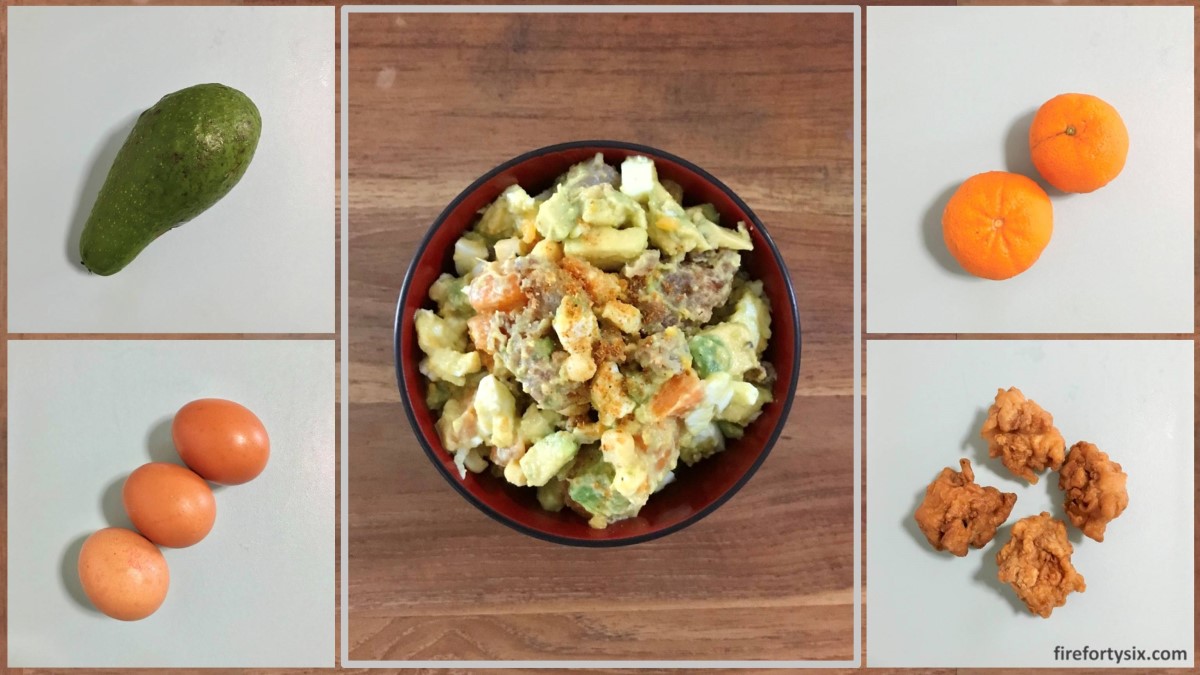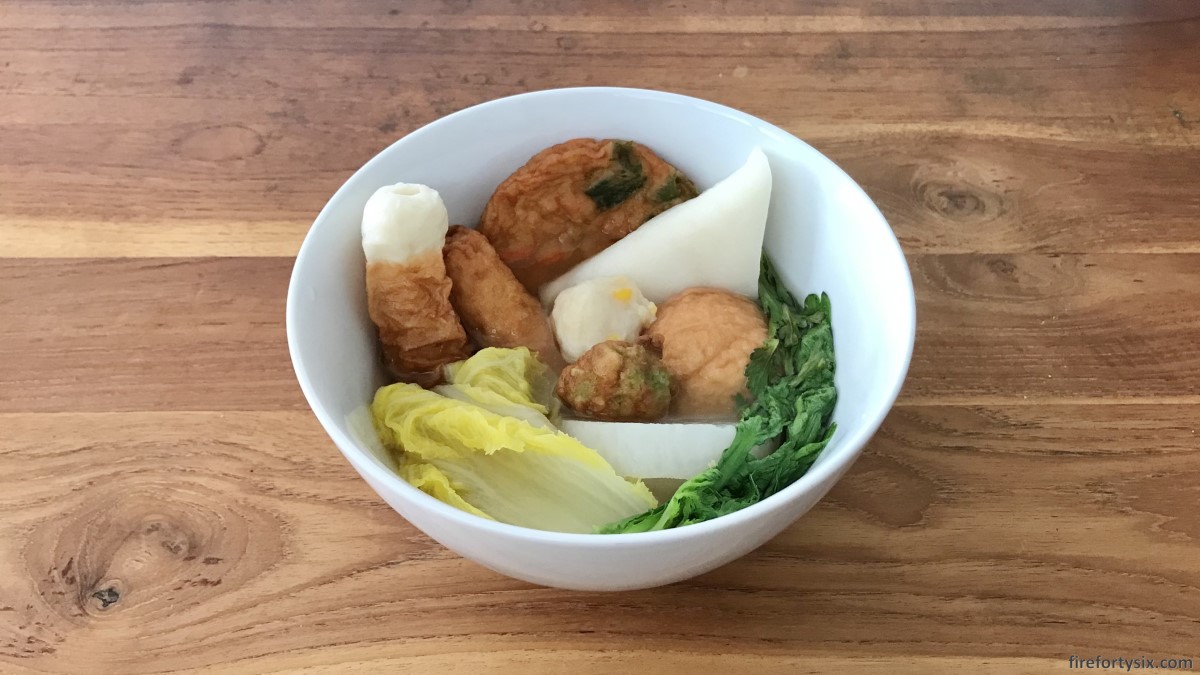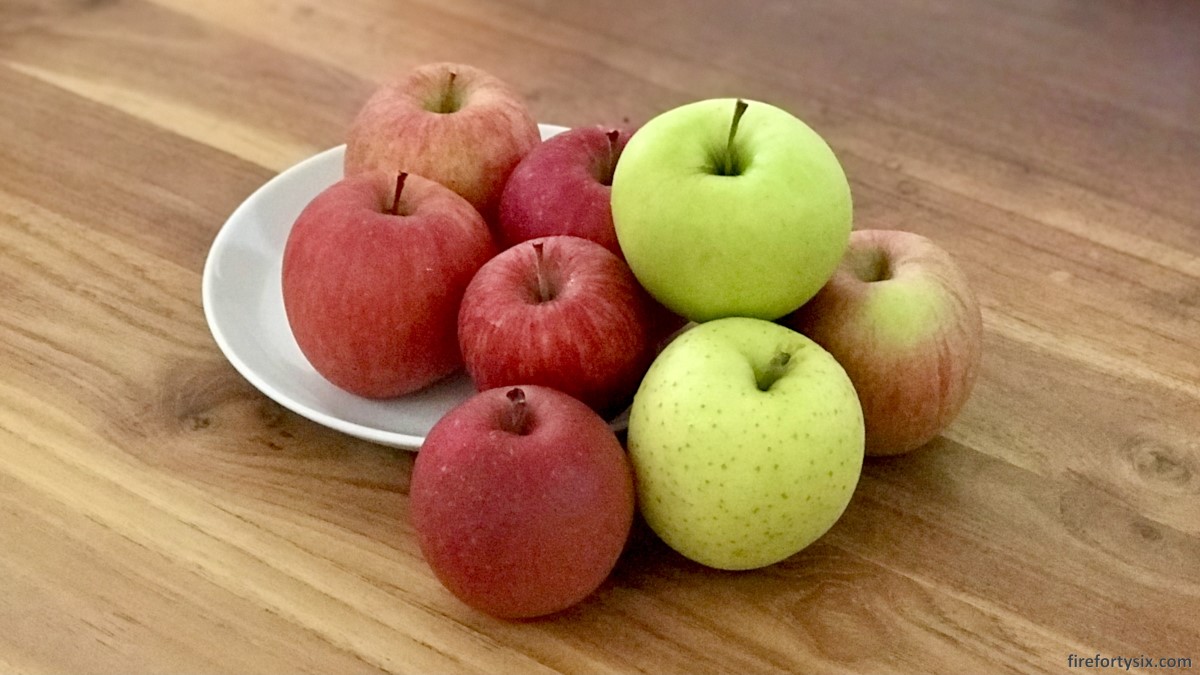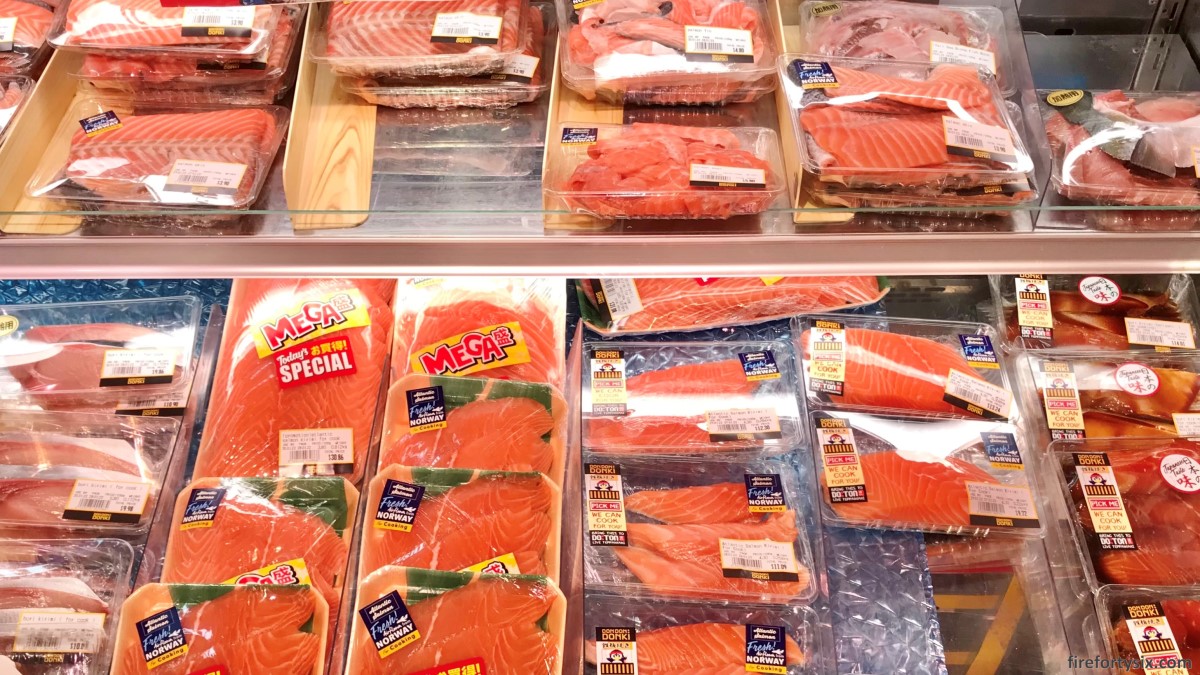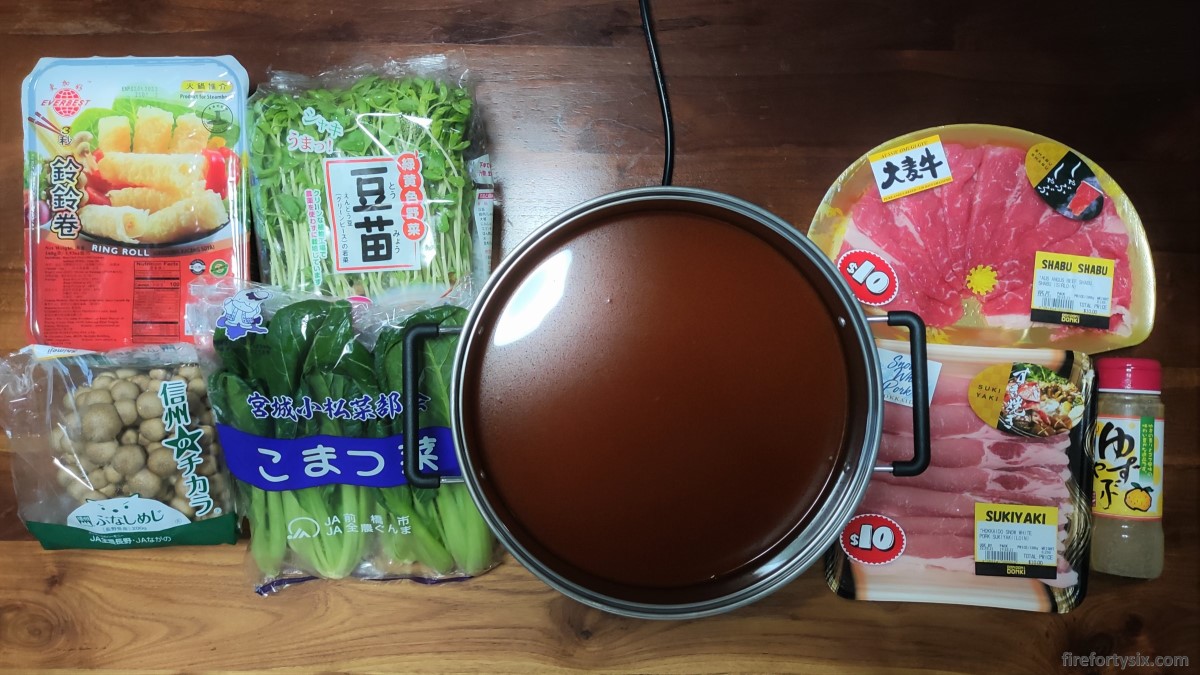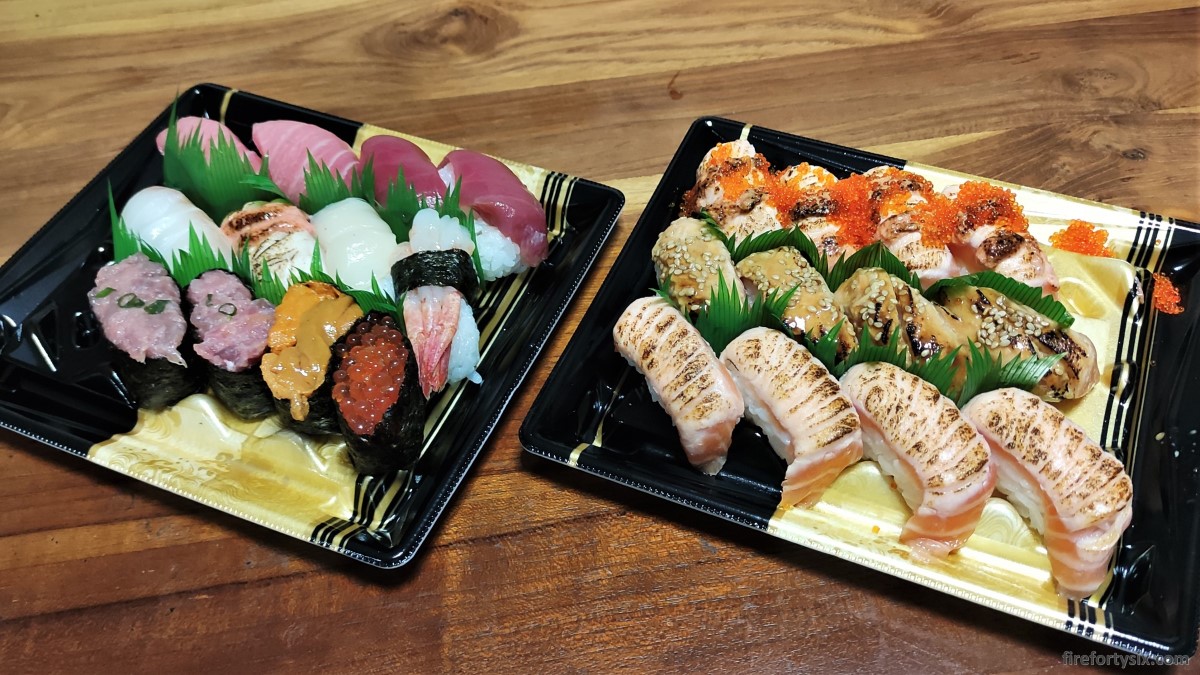It has been four months since we planted our xiao bai cai seeds in plastic boxes by the window. Not all the seeds that germinated survived, but those that did are growing up well. Progress has been steady but s……l……o……w……
During the first two months, the baby plants didn’t look like baby bok choy at all, and we were wondering if the seeds were labelled incorrectly. But once they entered their third month, the stems started widening slightly and finally started to look like what we expected them to look like.








We were hoping to harvest some by now but it still seems like it will take a few more weeks, or possibly even another month, before we can start cutting and cooking any of them. It could be because they’re getting indirect sunlight most of the day, instead of the bright and direct light they need.
Oh well.
But at least they’re pretty to look at.

Given how long this has taken, we probably won’t be planting another batch. When we need some xiao bai cai, we’ll just buy them from our downstairs market or a nearby supermarket.
Despite this minor setback, we’re still committed to growing vegetables at home and have had some success with spring onions. We started with a bag of shallots from the market, and soaked the bottoms in a small amount of water until their roots started appearing.
Half of them were transplanted into soil and the remaining were left to continue growing in water, using a recycled plastic takeaway container. I melted some holes into the cover by using a screwdriver heated up on our gas stove.
It worked fine, but if you’re planning to try it out too, just be careful and take your time. Pieces of melted plastic landed on my fingers and they were hot enough to leave burn marks. I suppose it could have been worse if the hot screwdriver tip accidently touched my skin, but thankfully that didn’t happen.


I thought that those in soil would grow faster, but surprisingly, the ones in water shot up much quicker. We used just tap water and didn’t add any liquid fertiliser, so they must have gotten their nutrients from the body of the shallot itself.
After three weeks, they were tall enough for us to snip off and use as a garnish. They tasted really fresh and light, and didn’t have the usual overpowering spring onion flavour. But then again, these shoots were much skinnier and we were just using the green tops.
The shallot bodies of the ones grown in water started to turn brown and mushy, so we decided to transplant them in soil. Let’s hope that they continue to thrive and provide us with a steady supply of organic spring onion.
Our third, and current, attempt at home agriculture was spontaneous and unplanned. After a wonderful lunch of Indian curries at Manam, we decided to walk off the heavy meal by grocery shopping at the Don Don Donki just across the road.
We bought two bags of our usual dou miao and only then noticed the small photos on the bottom left of the back label. Apparently, the sprouts could actually be re-grown by placing the roots and remaining stalks into a container of water.


And that’s what we did the very next day.

The sprouts shot up at quite an amazing pace and after only seven days, they were ready to be harvested and eaten again.






It’s unclear if Totoro had any significant impact on their speed of growth.
The past few months have been quite encouraging, in terms of exploring the possibility of sustainable home agriculture.
Given that we live in an apartment, it’s extremely unlikely that we’ll ever be able to grow enough vegetables to meet our regular dietary requirements.
However, by choosing suitable quick-growing plants, we might just be able to farm enough for an occasional home-cooked meal.

